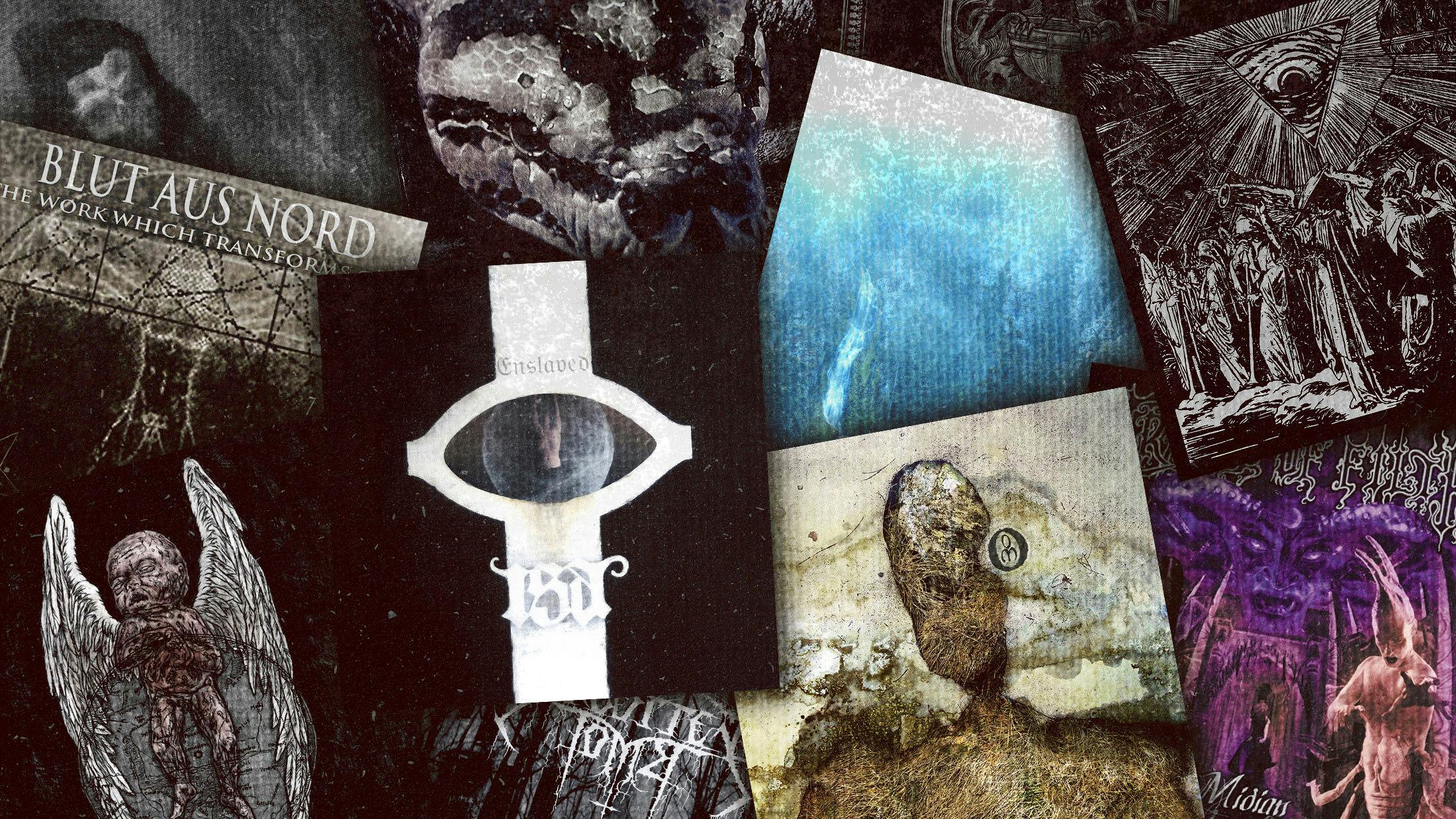Volcano asked a very big question of Satyricon. Having signed to Sony after years operating on mainman Satyr’s own Moonfog label, did it represent a sell-out, or the conquering of a new world? For Satyr, this was other people’s problem: “They wanted a band with credibility and authority within the scene,” he explained, adding that, other than enabling him to indulge his creativity by giving him money for his bigger ideas, nobody ever got involved. Still, single Fuel For Hatred did have a certain accessible Black Album quality to it, and the Jonas Åkerlund-directed video, while controversial (bruised naked women are never a particularly comfortable look, to put it mildly), was a smash. Away from this entry point, however, Volcano is simply a natural continuation of Satyricon’s rebellious way of doing their music, only as out of step as the scraping, urban feel of predecessor Rebel Extravaganza had been to the Nordic majesty of Mother North from Nemesis Divina. And while some purists argued, Satyricon’s raised profile and increased sales began dropping seeds for a new generation of fans that would bloom in the following years.
